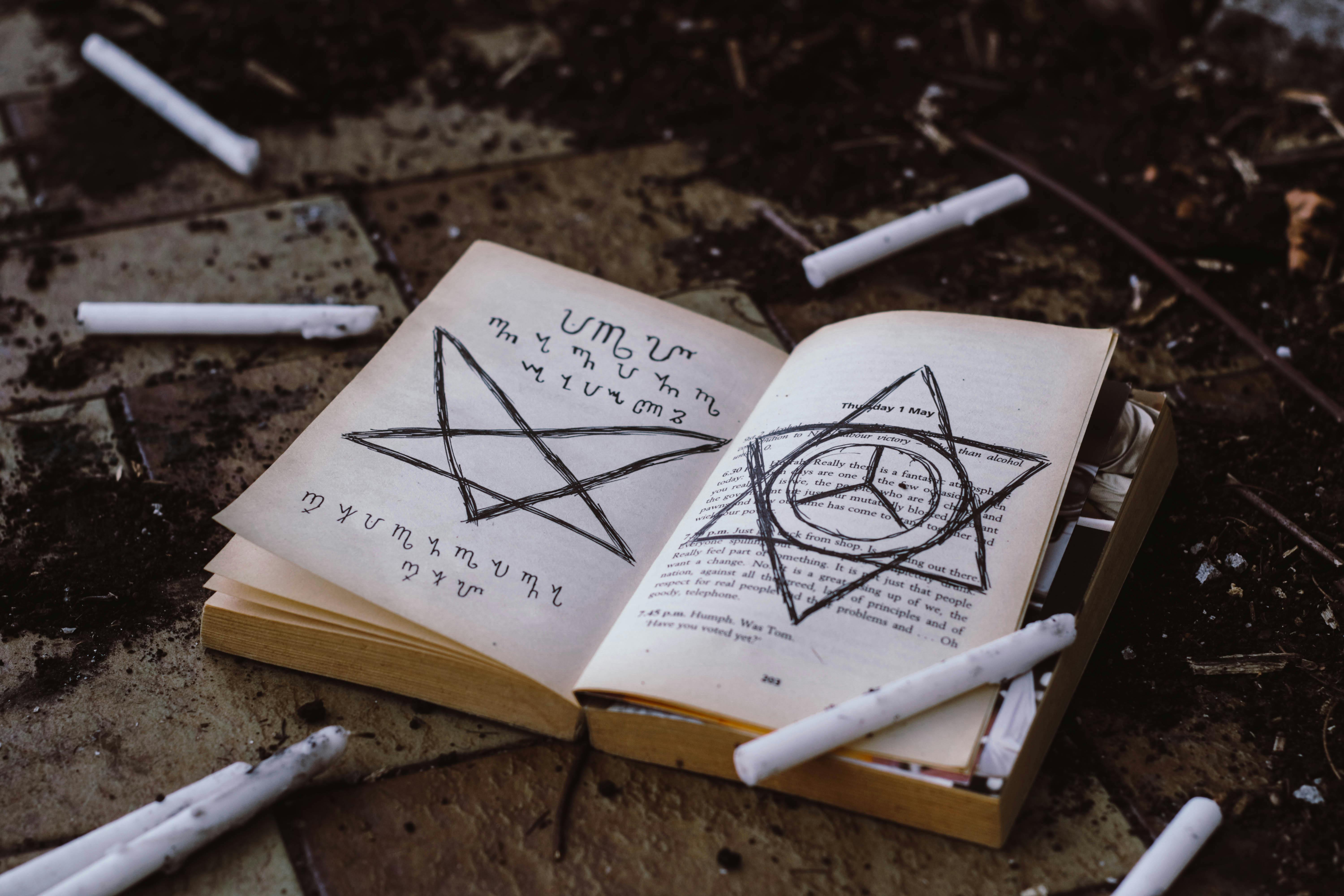What if the real treasure at the heart of the dungeon wasn’t gold but knowledge no one was meant to possess?
Welcome to Occult D&D! This is a new series dedicated to the strange, the symbolic, and the spiritual side of Dungeons & Dragons. Over the coming weeks/months, we’re going to crack open the dusty grimoires, draw some chalk circles on the floor, and invite a little witchcraft, ritual, and folklore into our tabletop worlds. Well...more than I typically do every day, that is.
Why? Because there’s a whole dimension of play that D&D brushes up against, but rarely fully explores. One that I also find rather fun.
The Occult Thread in D&D
The earliest versions of Dungeons & Dragons were steeped in fantasy literature, pulp horror, and old-school myth. You had demons and devils in the Monster Manual, magic-users who studied arcane formulae, and clerics calling down divine wrath, but precious little that felt like real occultism.
Not real as in "real-world belief," but real as in resonant; rooted in symbolism, ritual, superstition, and the tension between hidden knowledge and spiritual power. The stuff of witches’ charms, cursed bloodlines, forbidden books, and crossroads bargains.
That’s the sweet spot this series wants to hit.
What You Can Expect from This Series
Each Occult D&D post will focus on one of two things:
1. Bringing Occult Themes to the Table
We’ll explore ways to deepen your game’s tone with elements like:
- Symbolic magic and ritual casting
- Occult monster design
- Haunted locations, cursed items, and secret traditions
- Folkloric mechanics: second sight, lunar phases, witch trials
2. Spotlighting Witchcraft in Your Game
I’ve written a lot about witches over the years, how they work, how they cast, and how they’re more than just “distaff wizards.” I want to integrate them deeper into the game. Taking cues from my "Witches of Appendix N" series on how witches should have been a distinct part of the games we play. I'll also likely pull in some of the Satanic Panic era notions where D&D was seen as a "gateway to the occult!"
If you've ever wanted your campaign to feel like a midnight séance instead of a tavern brawl, or your dungeon crawl to veer just a little closer to The Witch than The Hobbit, this series is for you.
I am also likely to review various occult-themed RPGs and related products. I'll talk about some of my own books too, but not as a review (that's tacky).
Let’s Begin...
Next post, we’ll start with a foundational question: What does “occult” even mean in the context of D&D? Is it just another word for “magic,” or something more primal, more forbidden, and more personal?
Let’s peel back the veil and find out.
Have you used occult themes in your own games? Run a séance in your campaign? Performed a tarot card reading? Designed a cursed grimoire? Used real folklore in your monster design? Tell me about it below, I’d love to hear how the occult has haunted your table.
Drop a comment below, I’d love to hear what haunted your players, and what kind of magic you’ve brought to the table.

 *Photo by Joy Marino via [Pexels](https://www.pexels.com/photo/opened-book-3050270/) Opened grimoire with smoke and candles – perfect witchy vibes](https://images.pexels.com/photos/3050270/pexels-photo-3050270.jpeg) *Photo by Joy Marino via [Pexels](https://www.pexels.com/photo/opened-book-3050270/)](https://blogger.googleusercontent.com/img/b/R29vZ2xl/AVvXsEj8DqAvTE2ipsqRVKV2nMfJtONNCgGNJcd_cEgNWWFvHwAN6CV7Eut5mXMyEplDoFlf5jxH_w5FhqUDPgUsedPmfH7ePA1RhJoDVusATKK3f_kLjQwHfJW_rNG7a4vSa1wsbPFLjjKjGNX8fpJZaZsjYgHMfhJRYvfU6uTNDPG4VuE2UfwBXuIrQWxc3Iw/w640-h426/pexels-joymarino-3050270.jpg)
3 comments:
Well my current campaign setting has a witch called Hejwych in the countryside near the town who offers healing and other potions as an alternative to the usual nuns and clerics at the monastery. She may be similar to a druid but I am playing 1st Ed so she is a 'magic user' - versed in herbal lore, natures secrets, definitely more pagan than a cleric but less academic than a typical wizard. True neutral but her mysterious grotto in the woods leaves visitors wondering if she is going to heal them or poison them - and she could do either ! She knows her mushrooms and berries
She sounds great! I have often thought about the blurry lines between the classes and what characters there would be like.
This sounds like a great idea. I will be following the posts with interest.
Post a Comment